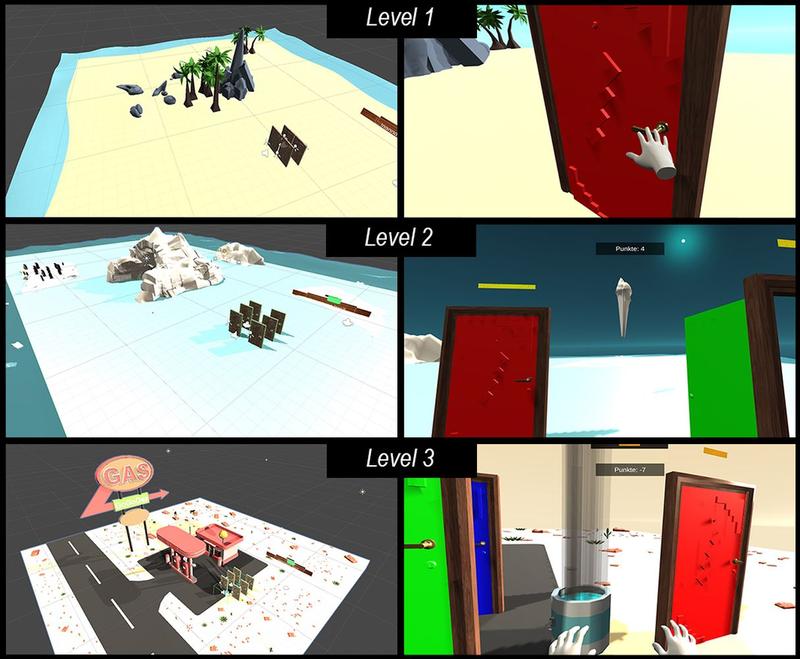I look forward to attending the International Society for Technology in Educationevent every year. Not surprisingly, this year, there was a lot of talk about the acceleration of integrating technology-driven programs into school curricula earlier across the board. Education is becoming more “student-centric”, as one teacher put it. With access to technology, there are more ways to teach and learn. Students increasingly have a unique voice in how they learn. In the past, the only voice heard was the educator. That is a true shift in the culture.
AR/VR entering the education sphere was one of the most popular discussion topics at ISTE. And, while gaming may have been dismissed as a useless activity in years past, it’s quickly becoming a way to teach on many levels. In fact, with colleges now providing scholarships for gaming, students that may not previously have had a path to that level of education are finding there are indeed college opportunities for them.
The power of XR
I’ve seen this firsthand with the boom in interactive learning, especially remote. One of my favorite examples is the California State Parks (a Belkin partner) and its distance learning program called PORTS (Parks Online Resources for Teachers and Schools). This makes use of video conferencing to connect students and park rangers in real time. To date, thousands of students have experienced highly interactive virtual learning sessions using this platform. It’s not a far jump to envision what else can be enabled with remote learning, especially with AR/VR.
1. Price point
One of the biggest issues with any new education technology is the availability of funds to pay for it. Most public education systems are already financially strapped. Investing tens of thousands of dollars into new technology equipment, plus setting up necessary safeguards and cost of training, makes adoption prohibitive. However, this is rapidly changing.
Brent pointed out, “We’re finally getting to a hardware price point that fits a school budget and authoring tools that anyone can use. You no longer need a P.h.D. in computer science to make immersive content. Anyone can build something in Unity.”
In terms of hardware cost, Bushnell believes the Oculus Quest represents a breakout moment for VR: “Quest makes powerful VR available at a $500 price point and it’s way easier to setup than traditional headsets that need special external tracking. That is very exciting from an education standpoint.”
2. Lack of investment
To bring prices down, the industry needs great content and players entering the market to create solutions. That won’t hit critical mass until we see investment dollars in this specific ed-tech space. One possible solution: Existing industry leaders need to invest in their own ecosystems.
Bushnell recommends, “either hardware-ecosystem providers, such as Oculus or Unity, need to continue funding great content, or there need to be more patient investors willing to fund in the absence of a large enough market today. There’s currently not enough headsets deployed to entice developers and investors, and not enough content out to entice the later stage adopters. It’s a bit of a catch-22.”
Bushnell would know. He’s spent years fundraising and talking to investors about the immersive technology space, which has far different returns than traditional Silicon Valley companies.
3. Content disparity
As mentioned in both points above, content is crucial to the equation. Bushnell said, “Content is a big challenge, but it will drive everything. Consumers bought the original Nintendo for Super Mario Bros — the console was a tax.” Two Bit Circus did a survey of available VR educational content, and there’s a lot of opportunities for new learning experiences.
We need the content to exist and it needs to be easy enough, as Bushnell says, “to get into the hands of an early-adopting teacher, who will then proselytize to their peers.” Until the price point comes down and there is more content to experiment with, it’s going to remain out of reach to most teachers.
4. Distribution and roll-out
We then talked about how the content will roll out. Distribution is directly tied to investment. When there’s no scale or widespread distribution, it’s hard to raise money for “the interactive stuff,” as Bushnell put it. He recommends looking at Chromebooks and tablets as a reference point.
Bushnell adds, “They’re about the same price point and have found their way into schools, but it’s happening at different rates in different places. AR and VR will likely be similar to Chromebooks, with equipment available on carts checked out in certain labs and then ultimately issued to every kid.”
In terms of who will see adoption first? His thinking is that the private and charter school will be in the mix first because of the autonomy and “fewer bureaucratic hurdles that will allow them to move faster than bigger school districts.”
5. Transition tech
As with any new technology change, there will be a transition period to get comfortable with new formats and platforms. Immersive and interactive classroom technology is no exception. Bushnell has observed several interactive teaching trends he finds interesting.
“In general, we’re watching a lot of immersive tech being brought into schools. What’s especially interesting is how entertainment is used as a hook for education, while still enabling the students to learn something meaningful. It pays to start with the fun.”
”Teachers are using solutions like escape rooms for learning; live action role playing; games like Minecraft as an education platform, and a personal favorite, Maker projects…we’re excited to see the classroom embrace hands-on learning. Rather than passively reading about other people’s experiences, learners get to actively build their own project; executing, iterating and learning, in situ.”
Bushnell’s thoughts echo much of what I’ve been seeing and hearing from educators and administrators. Working through the above five points will take time but given the indicators in the market, it’s bound to happen sooner than later.
Quelle:
Foto: Image Credit: vectorfusionart/Shutterstock
Solving these 5 issues will make education AR/VR go mainstream



